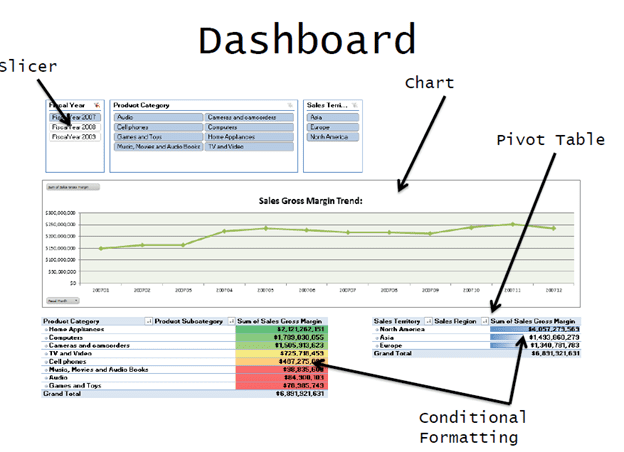Spreadsheets are a versatile and valuable tool for project management, allowing you to organize, track, and visualize project data effectively.
Here are six ways you can apply spreadsheet skills for project management:
1. Task list: Create a list of tasks for your project, detailing their descriptions, start dates, deadlines, and the person responsible for each task. This provides a clear overview of the project scope and helps you monitor progress.
| Task # | Task Description | Start Date | Deadline | Responsible Party |
| 1 | Develop project proposal | 1/1/2023 | 1/15/2023 | John Smith |
| 2 | Obtain stakeholder input | 1/16/2023 | 2/1/2023 | Marketing Team |
| 3 | Conduct market research | 2/2/2023 | 2/15/2023 | Research Team |
| 4 | Develop product prototype | 2/16/2023 | 3/15/2023 | Engineering Team |
| 5 | Conduct user testing | 3/16/2023 | 4/1/2023 | UX Team |
| 6 | Refine product design | 4/2/2023 | 4/15/2023 | Design Team |
| 7 | Launch product | 4/16/2023 | 5/1/2023 | Sales Team |
2. Timeline: Develop a project timeline using a Gantt chart or similar visual representation. Input each task’s start and end dates, and use conditional formatting to highlight overdue or completed tasks. This helps you stay on track and identify potential bottlenecks.
3. Budget: Track and manage project costs by listing each expense, its category (e.g., labor, materials), and the responsible party. Sum the costs and compare them against your budget, allowing you to monitor spending and make adjustments as necessary.
4. Resource allocation: List project resources (e.g., team members, equipment, facilities) and assign them to specific tasks. This helps you identify any over- or under-utilized resources and optimize their allocation.
| Resource | Task # |
| John Smith | 1, 2 |
| Marketing Team | 2 |
| Research Team | 3 |
| Engineering Team | 4 |
| UX Team | 5 |
| Design Team | 6 |
| Sales Team | 7 |
5. Risk assessment: Identify potential risks and their likelihood, impact, and mitigation strategies. This enables you to anticipate and manage potential issues before they become critical.
6. Dashboard: Create a dashboard to summarize key project metrics such as progress, budget, and risks. This provides an at-a-glance view of the project’s health and helps you make informed decisions quickly.
